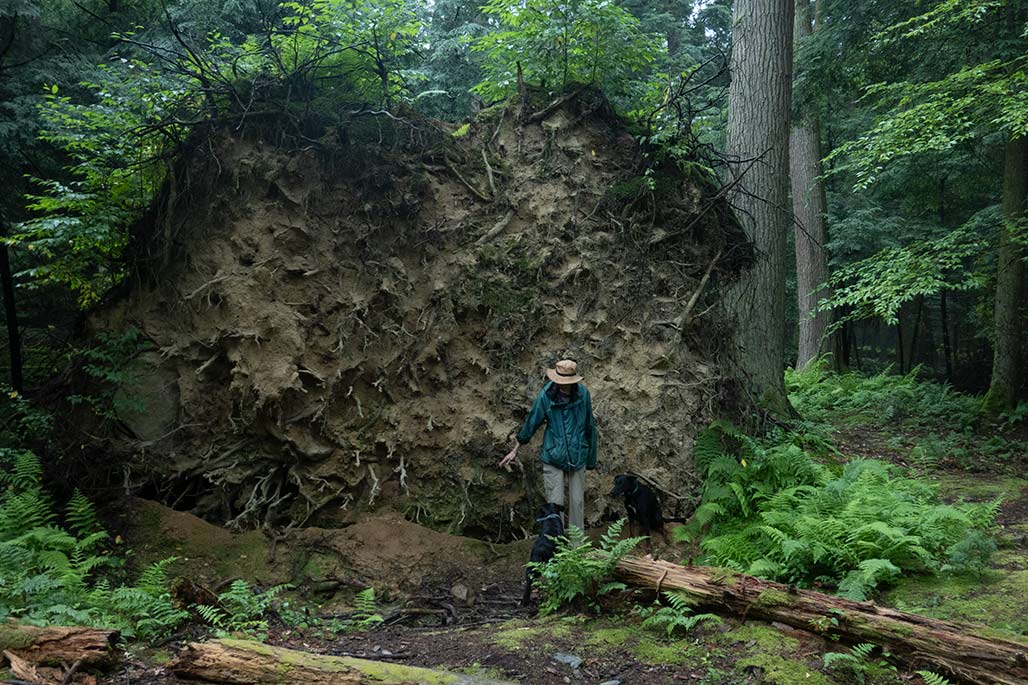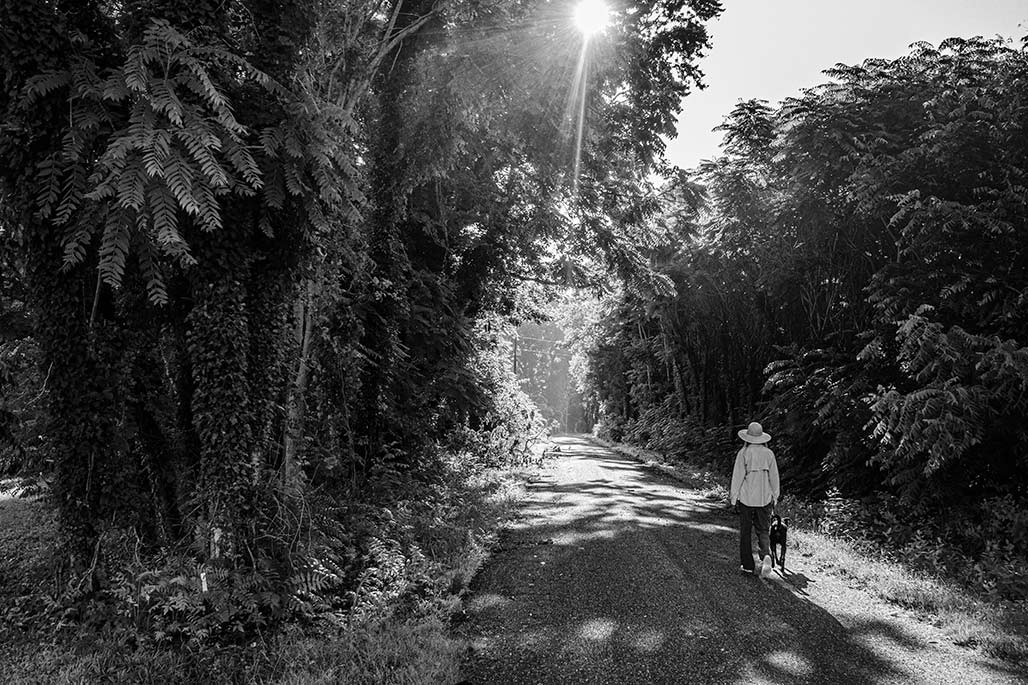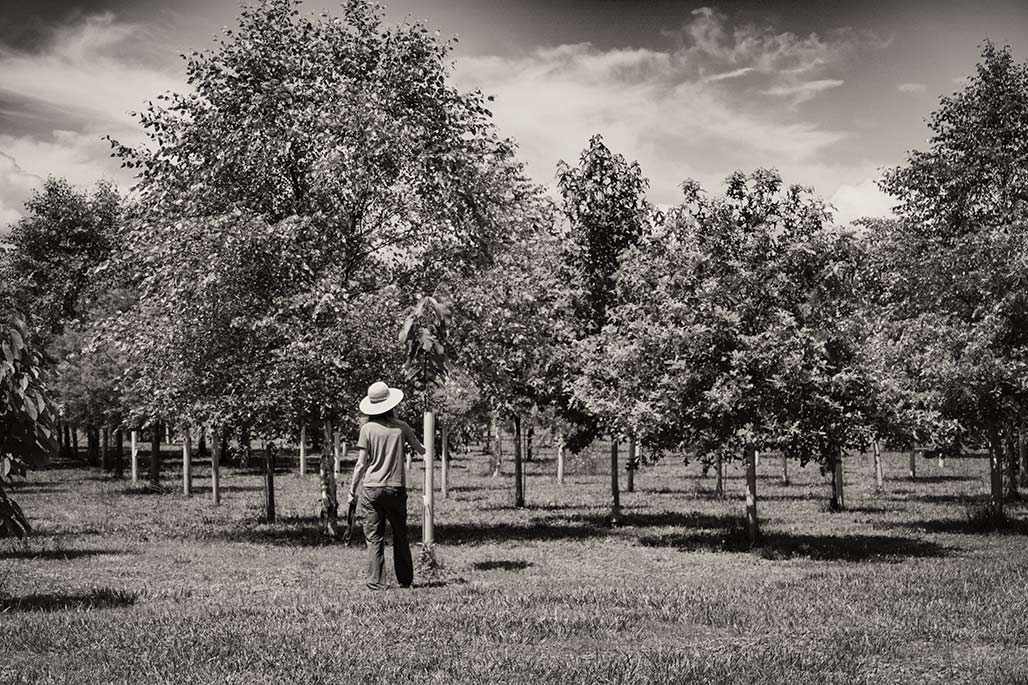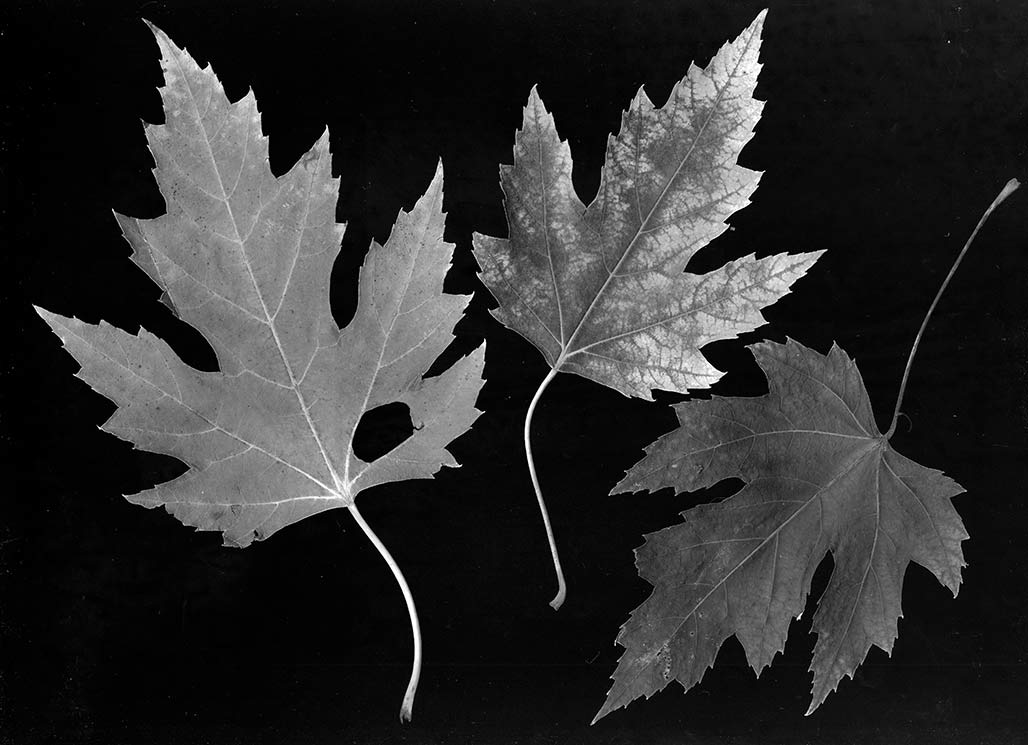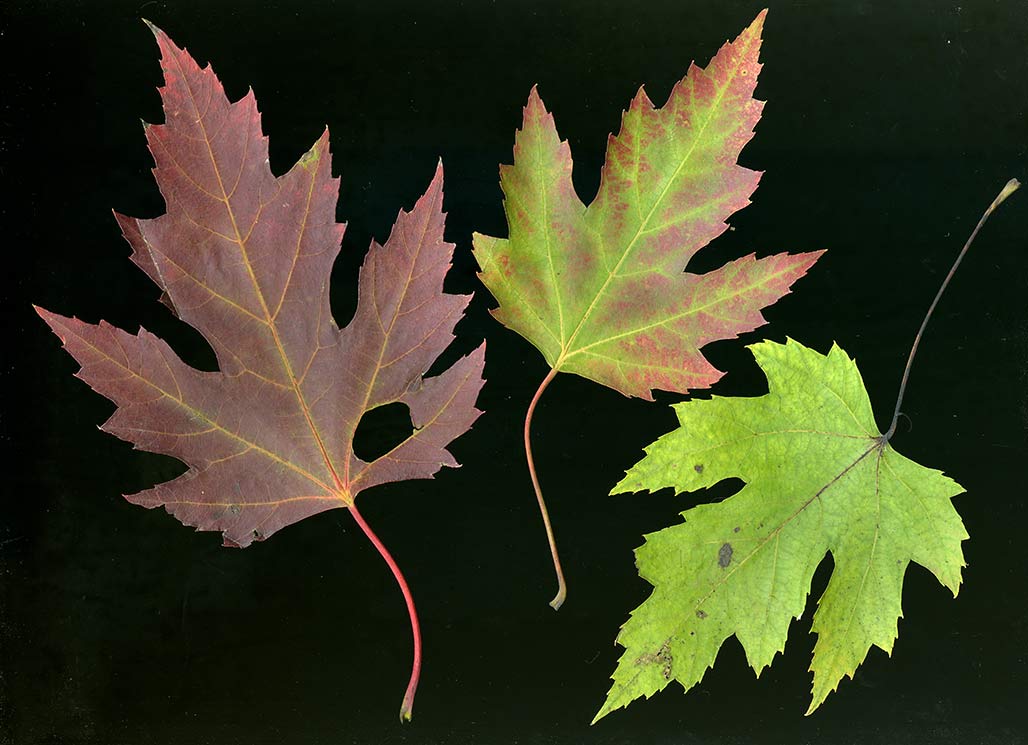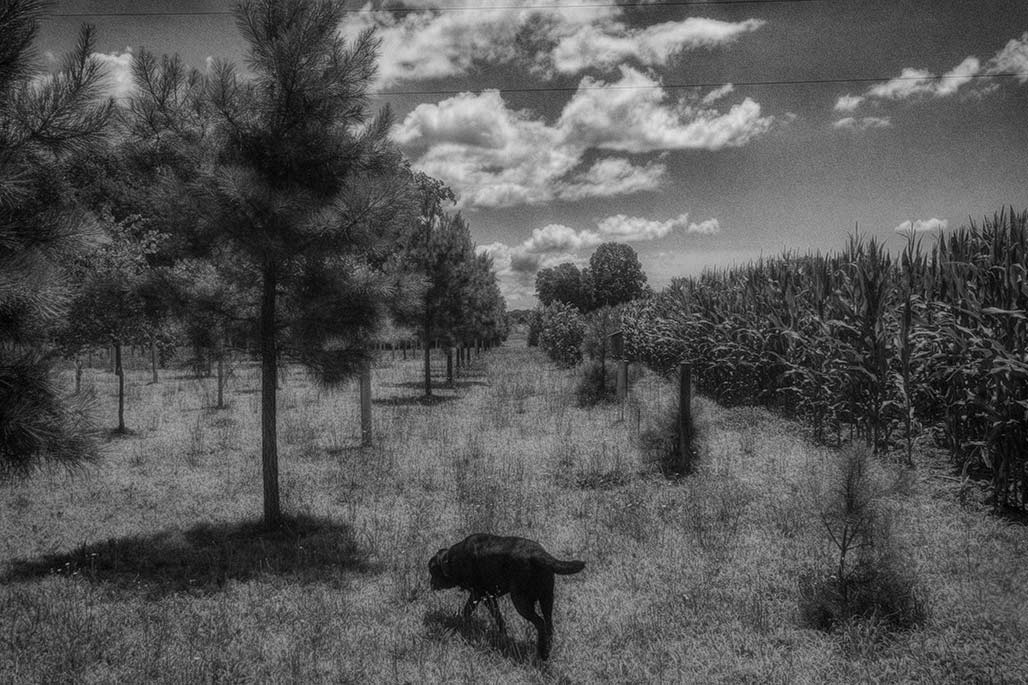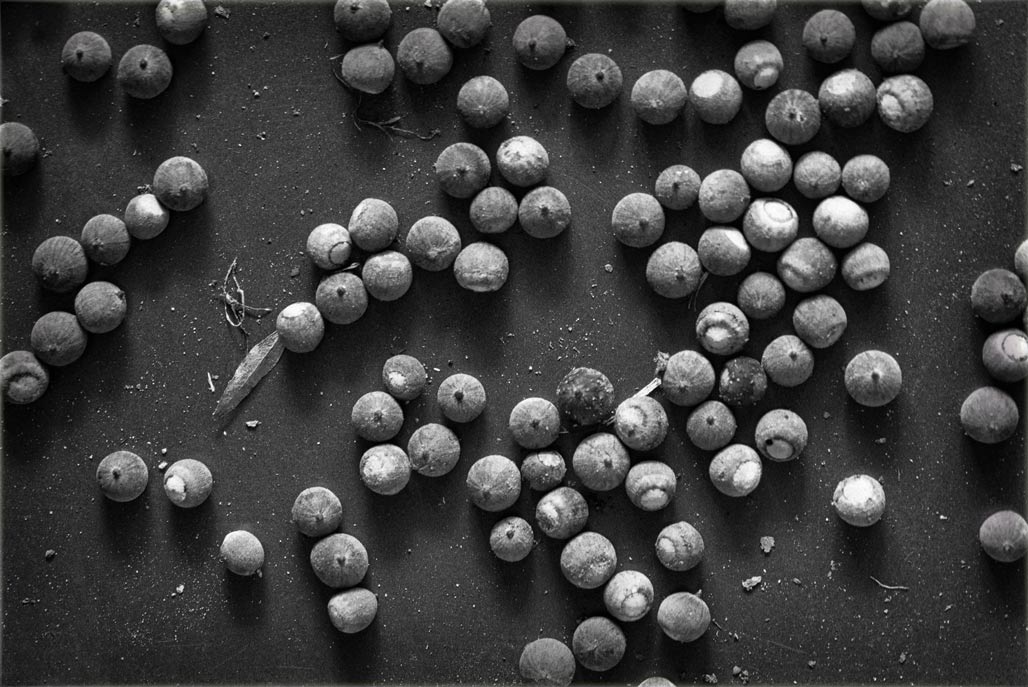
quercus phellos

photography from the Chesapeake Bay watershed by Bill Emory


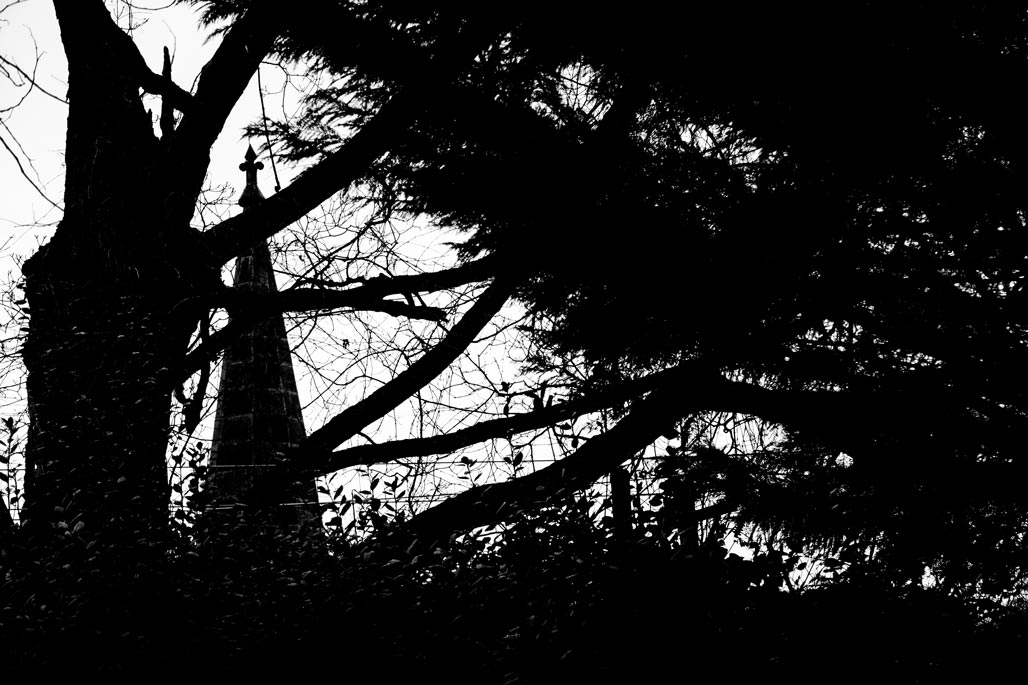
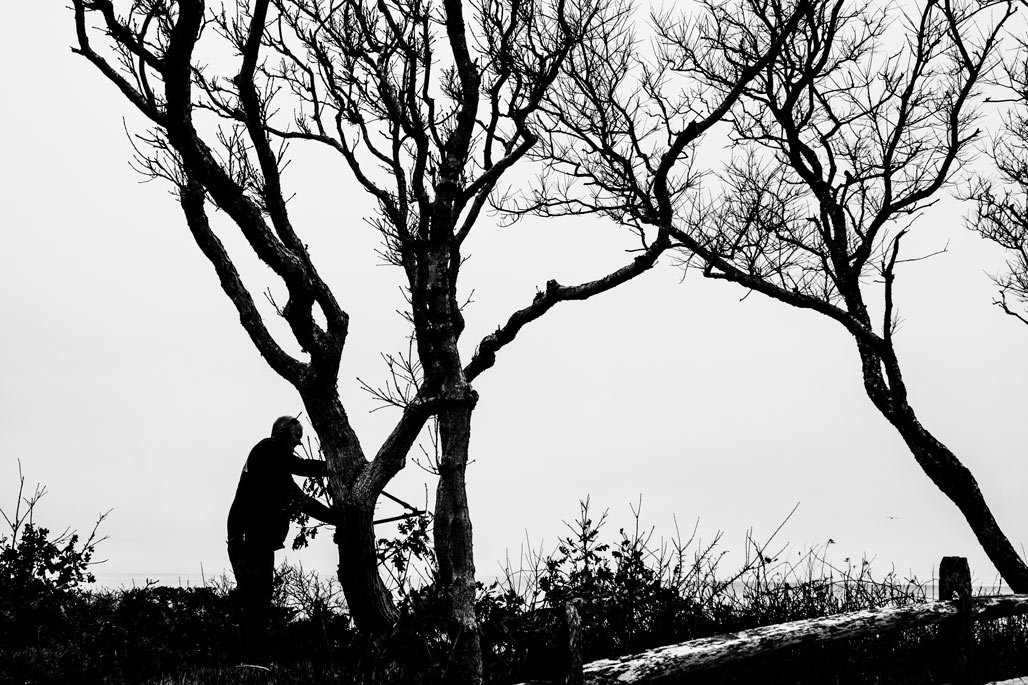
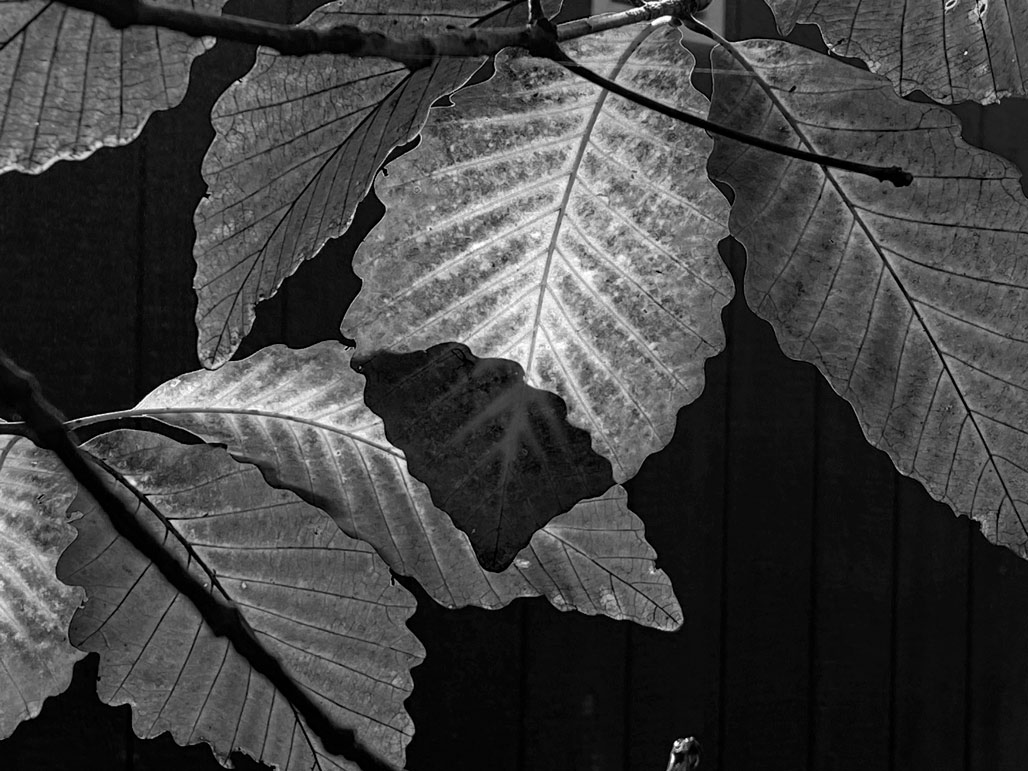
Consider participating!
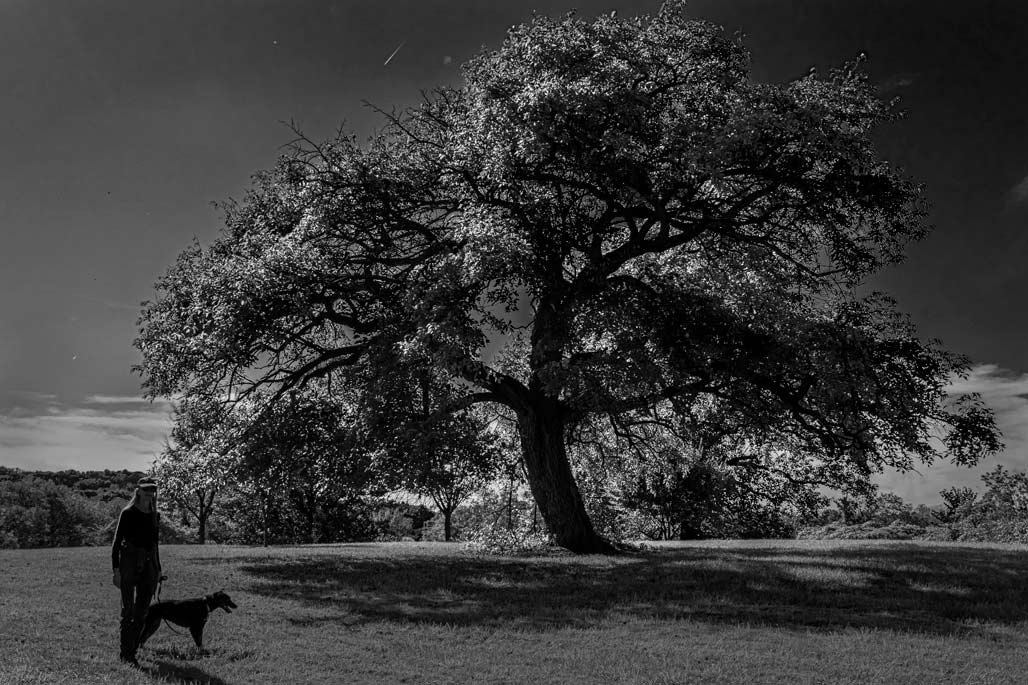
Maclura pomifera has many names, including mock orange, hedge apple, hedge, horse apple, monkey ball, monkey brains and yellow-wood. The name bois d’arc (from French meaning “bow-wood”) has also been corrupted into bodark and bodock..– Wikipedia
We used to call them brain trees.
Horse high, bull strong, hog tight…
